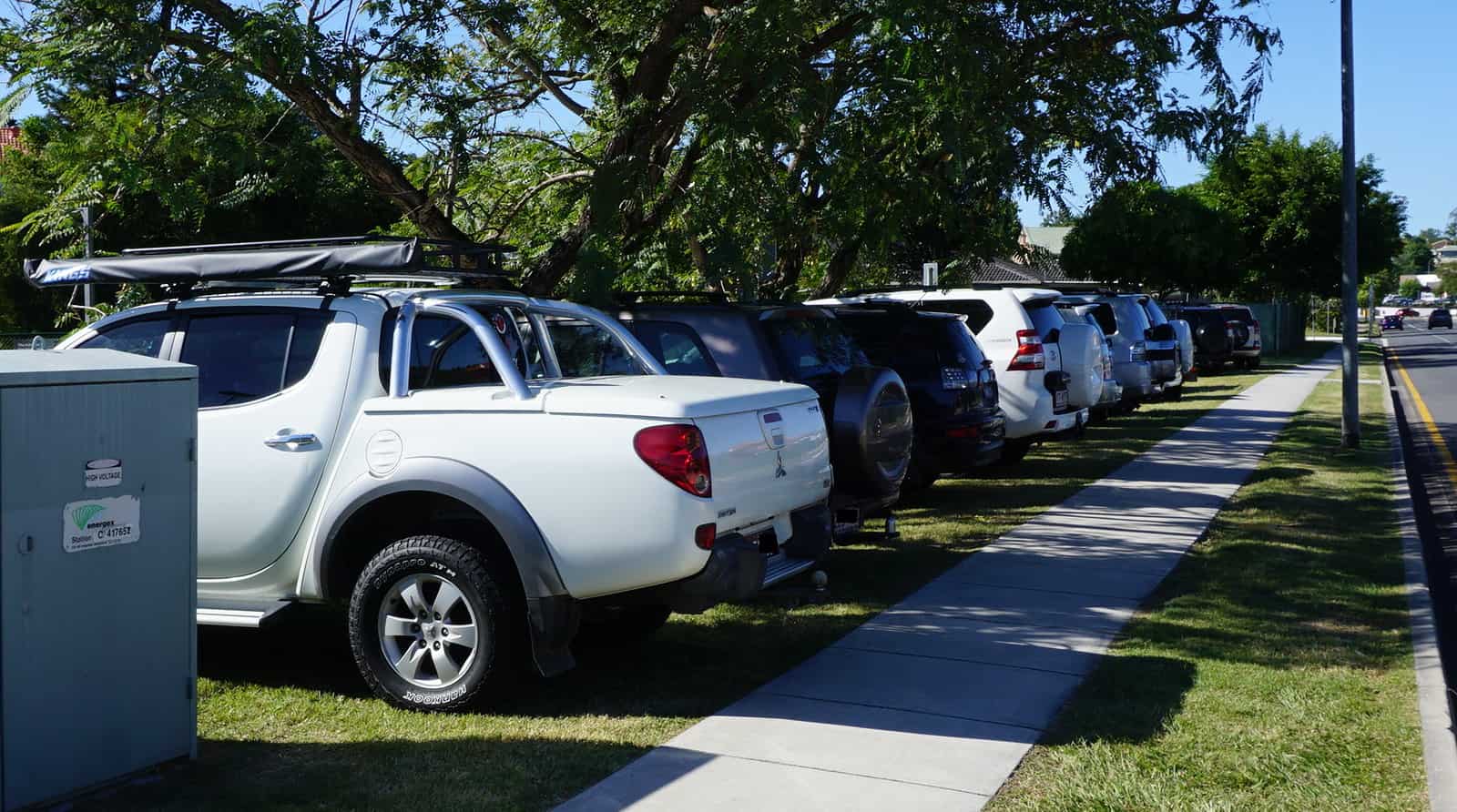The sport utility vehicle, or SUV, is now the most popular type of vehicle around the world. In the US, they represent more than half of the sales, and the story is similar in most countries. Yet SUVs are very bad news to the environment, as they released almost one billion metric tons of carbon dioxide last year, according to a new report.

The International Energy Agency (IEA) said there are now 330 million sport utility vehicles on the roads around the world, which produce emissions equivalent to the combined national emissions of the UK and Germany last year. If SUVs were considered a country, they would rank as the sixth most polluting in the world, the EIA said.
Purchases of SUVs have rapidly increased in recent years, going from 20% of new cars in 2012 to 46% of all cars last year, with the US, India and Europe being the main growing markets. This happens despite a 0.5% decline in total car sales around the world partly due to component shortages, rising inflation and higher interest rates.
While oil usage in conventional cars remained the same last year, it increased by 500,000 barrels per day in SUVs. This represents one-third of the total growth in oil demand. About one in six SUVs sold last year were electric. The EIA said that while they are growing in popularity, the speed is not enough to offset the emissions of the wider fleet.
The growing SUV problem
The sport utility vehicle started off in the US in the 1980s and quickly became the default option for many families living in cities and the suburbs. There’s now a wide range of models on the market from most car makers, replying to a growing demand. But, as the climate crisis has escalated, they have become a symbol of unnecessary emissions.
SUVs are larger and heavier than regular cars. For example, a Volkswagen Golf weighs around 1.300 kilograms, while the Tiguan, a Golf-based SUV, is 1.500 kilograms. That’s 200 grams more of metal, plastic and rubber, which needs raw materials and energy to be produced. SUVs also use on average 20% more fuel compared to regular cars.
Their bigger size also means that they require larger batteries for their electric versions. So, a larger electric SUV market would impose additional pressure on battery supply chains and increase the demand for the critical minerals needed to make the batteries, the EIA said, suggesting battery recycling and new battery technologies.
Climate campaigners are targeting SUVs for their impact on the environment. The activist group Tyre Extinguishers, for example, said it deflated the tires of hundreds of SUVs in Europe last week as part of a campaign that started last year, deflating so far more than 10,000 tires in 17 countries, using lentils to jam open the air valves.
The IEA has urged governments and car makers to take action now, starting off by building smaller vehicles. The transport sector accounts for about 20% of all greenhouse gas emissions, with the highest reliance on fossil fuels of any sector. It won’t be an easy road ahead but one that’s necessary to tackle the climate crisis.






